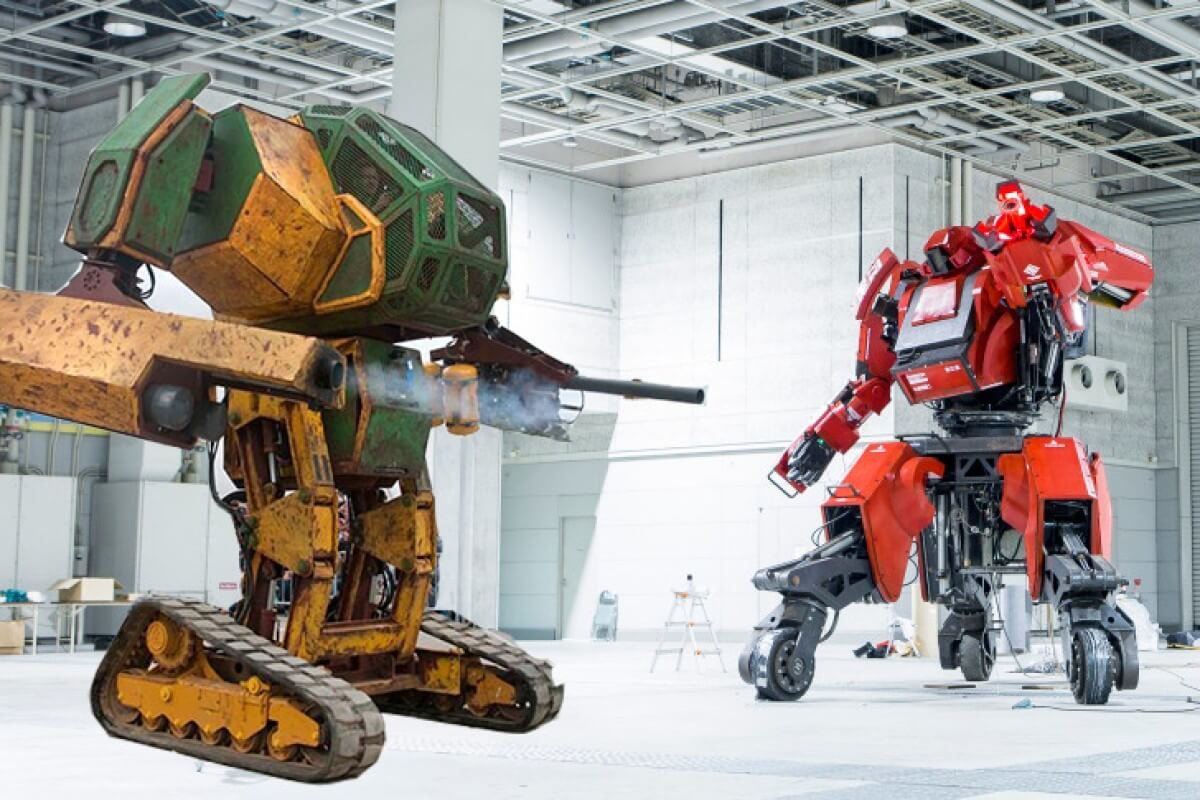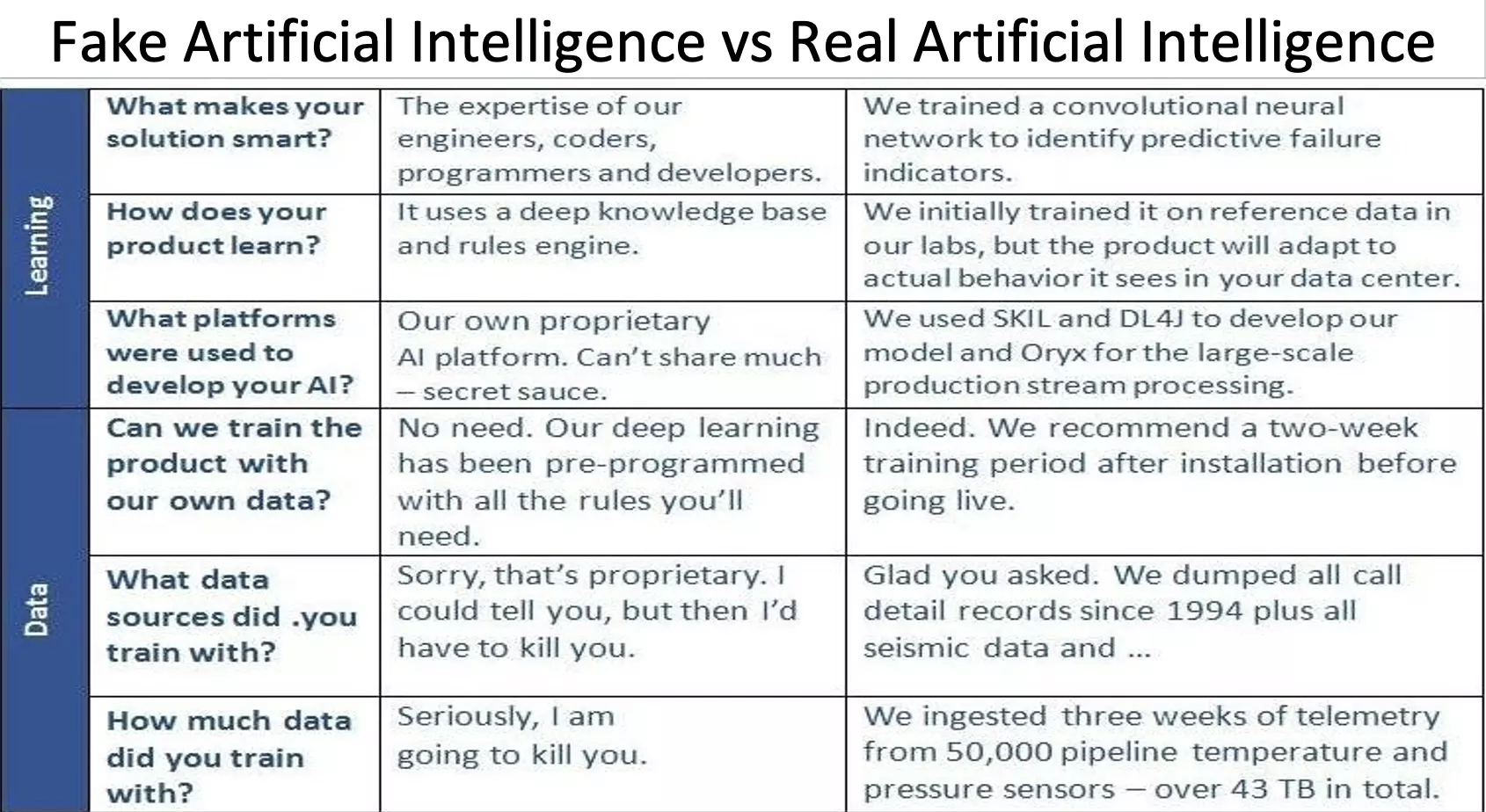Comments
- No comments found

Artificial intelligence (AI) is undeniably trending in 2021. Several companies are throwing all kinds of jargon to impress their investors by faking artificial intelligence products and services.
Only a few startups and large tech companies are building genuine artificial intelligence products in their narrow niches and know what it takes to build a solution from scratch.
The majority of companies are just converting their current offerings into fake AI projects to please their stakeholders.
It's important to distinguish between real artificial intelligence and fake artificial intelligence.
Artificial Intelligence is a magnet for capturing venture capital firms and angel investors. It also helps companies spread the perception that they are doing something big, which clearly they are not doing.
Nearly 40% of European companies claim to use AI, however they are not telling their customers the truth.
26% of European companies have some form of chatbots, while another whopping 21% of European firms use fraud detection algorithms.
While some companies are deploying machine learning and might offer some relief to their clients, they are definitely not artificial intelligence solutions.

© Mark Campbell
Dig deeper into computer vision and NLP technical skills, knowledge and experience.
If the talent pool is poor, you know enough.
Most companies spend years developing a successful artificial intelligence product.
Faking AI capabilities actually undermines the very essence of what AI is promising to be able to do.
Some startups are pitching technology solutions whose premise is that they can accomplish technically challenging tasks. But rather than delivering on these promises, these companies are simply performing technology-enabled outsourcing to humans, and often at very low wages.
AI is still a very emerging field and new artificial intelligence technology is being developed every day.

Human intelligence is a quality that helps humans in learning, understanding, and solving problems with brilliant ideas whereas artificial intelligence is something that mimics human beings by the information they receive.
The increasing or widespread use of Pseudo-AI to cover up AI deficiencies could lead to disenchantment with AI as a whole, and contribute to widespread AI pullback.
Right now, AI is still developing and advancing. The time required to train AI systems is considerably high, which isn’t possible without human intervention. Be it autonomous cars and robots, or sophisticated technologies like natural language processing and image processing, they all rely on human intelligence.
While AI has mastered intelligent behavior quite well, it cannot mimic a human’s thought process.

One area of evaluation for AI solutions should be due diligence to see if the company has any humans in the loop that would otherwise be part of what the AI system should be doing. Ask the solution provider if there is ever a human that views the information, even if it is just to validate it. You can have them attest to the program being solely run by computers when signing contracts with them.
Some companies have leveraged humans masquerading as machines to show that there are problems developing artificial intelligence even amongst the big names.
Organizations need to take a serious look at how they market their artificial intelligence products. While artificial intelligence (AI) applications are becoming increasingly capable of solving even the most complex of our problems requiring human-like cognition, the black box of artificial intelligence makes it difficult for us to understand how these systems actually go about solving these problems.
Leave your comments
Post comment as a guest